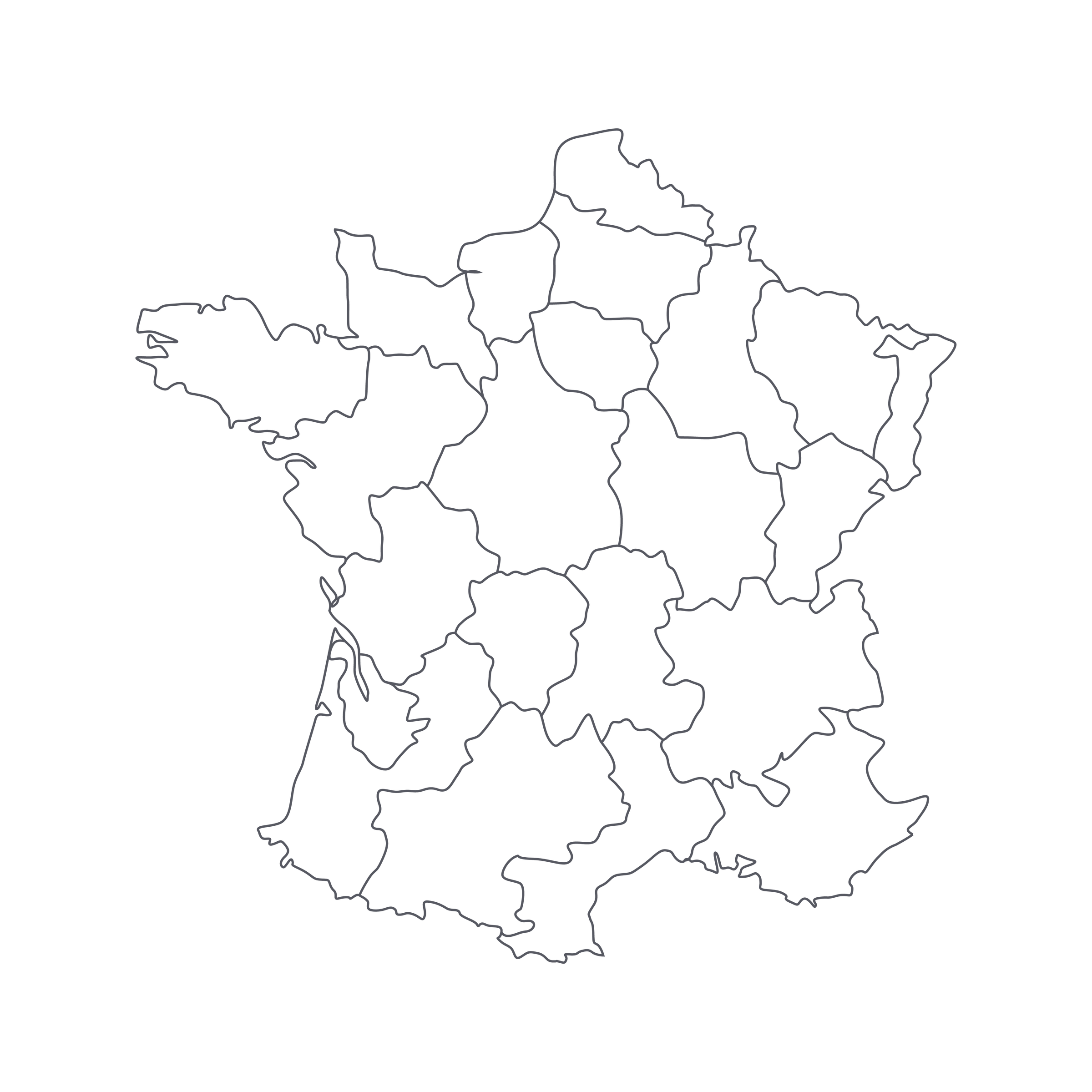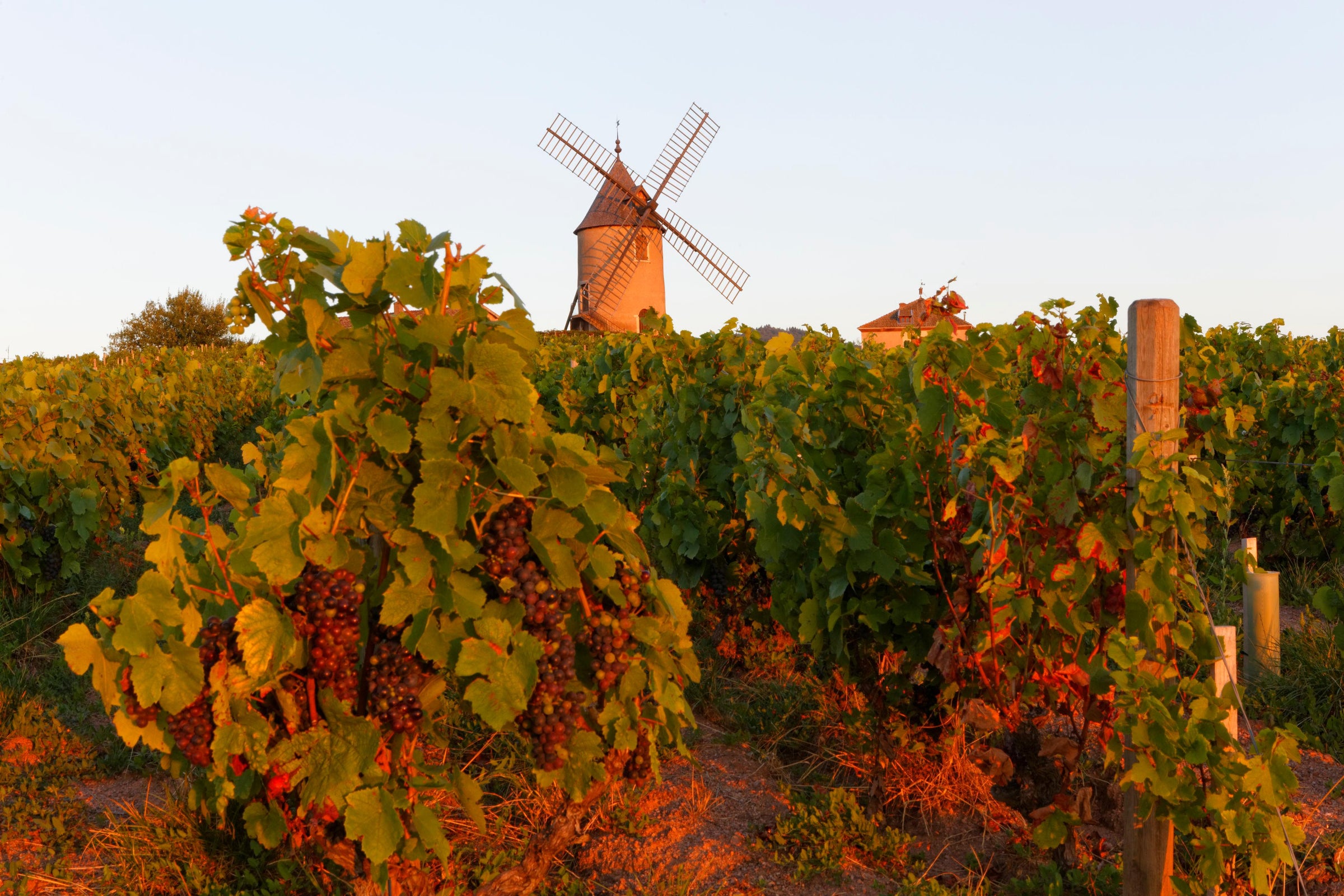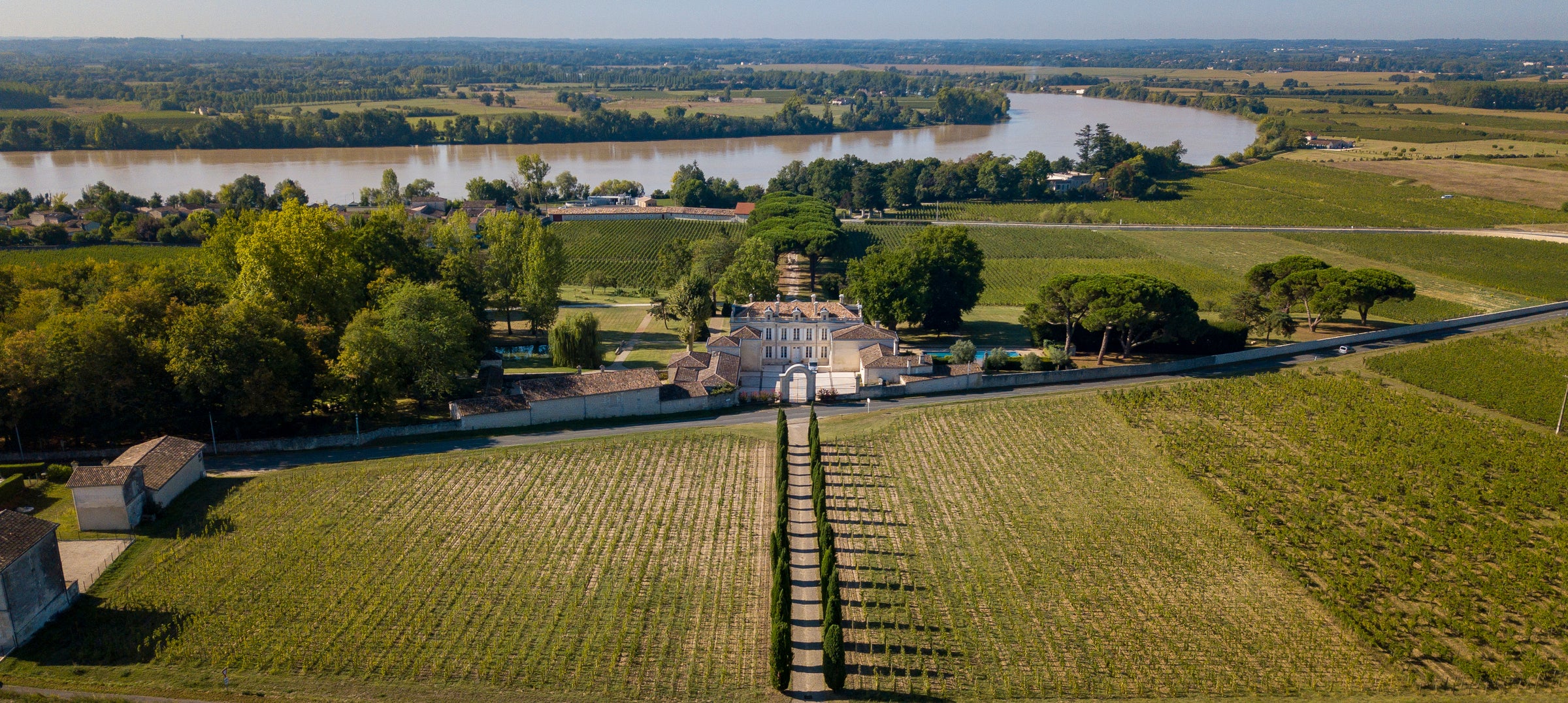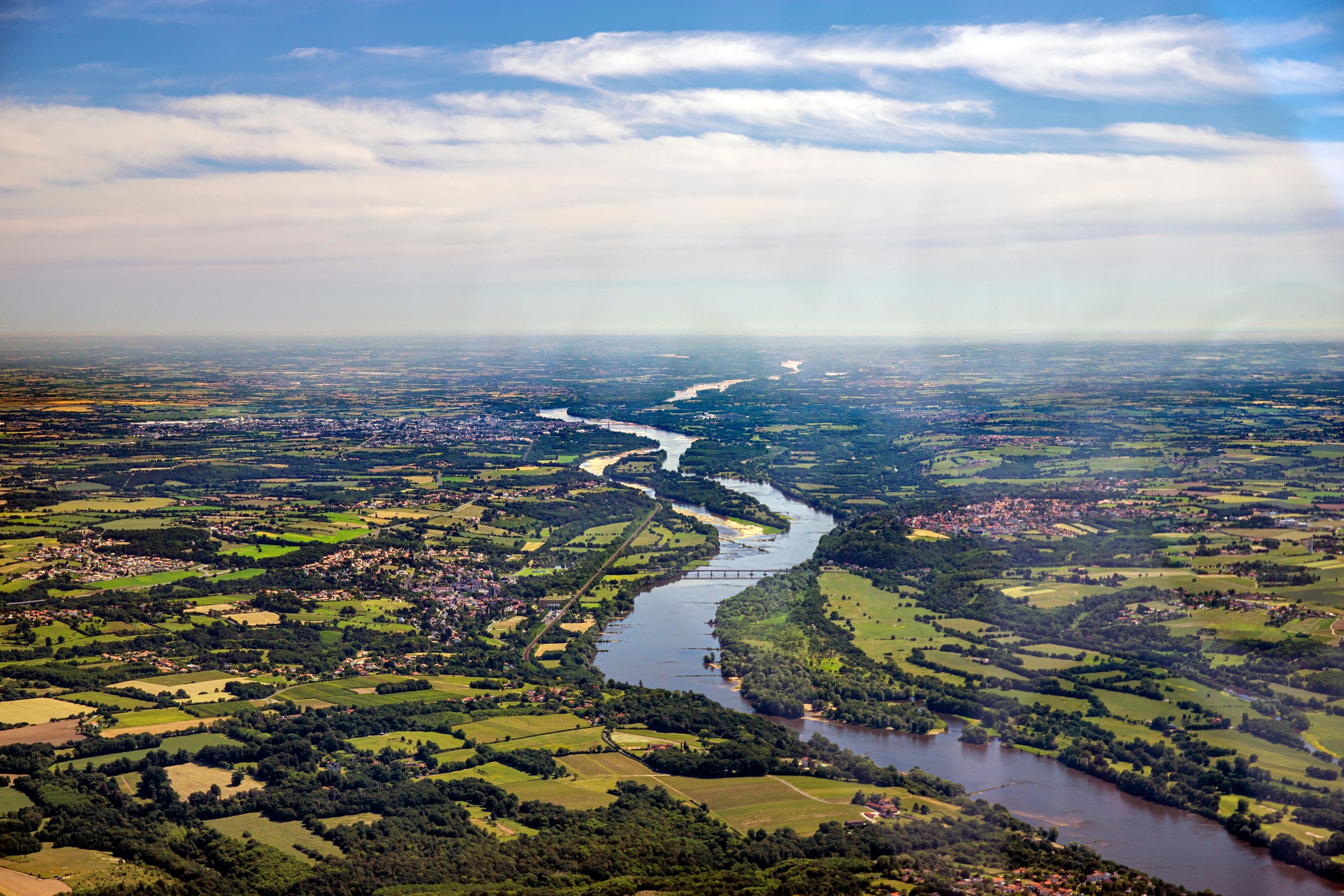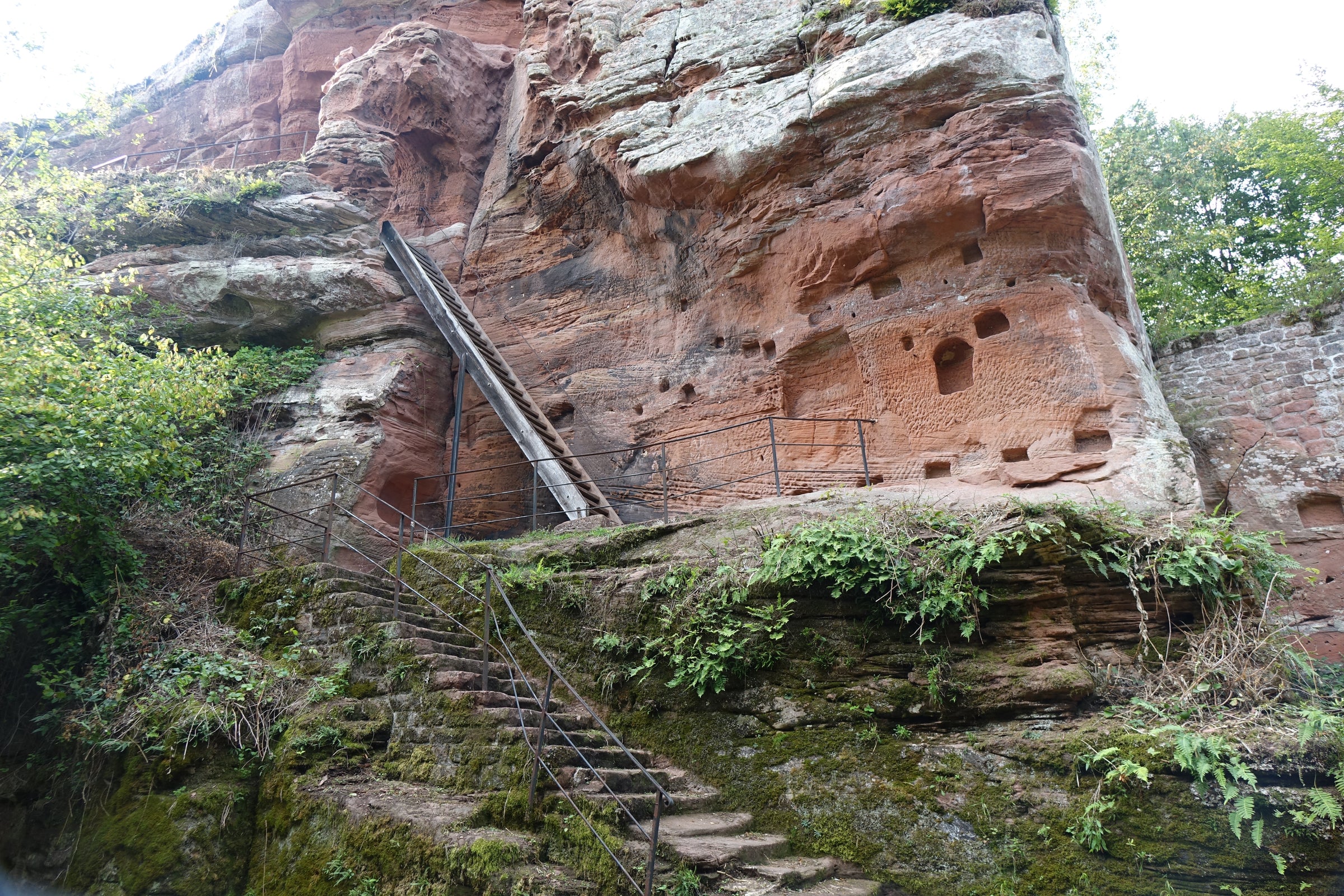Cabernet Franc from the Loire Valley comes in many shapes and sizes: there are the ethereal, perfumed styles with a decidedly ‘cool climate’ personality (like Olga Raffault); there are meaty, minty, medium-weight ‘tweeners with a rustic edge; and there are more opulent expressions that start to lean toward classic Bordeaux in polish and intensity. Philippe Alliet’s Chinon is the latter, as we were pleased to discover at a recent tasting of his 2014 “Vieilles Vignes” bottling.
Its charm and finesse ultimately pull you back to the Loire, but there’s enough dark-fruited, chocolatey depth to send your mind wandering elsewhere. Sourced from 50-year-old vines and crafted in a very refined style, this is an impressive and immensely satisfying Chinon that’s drinkable now but capable of aging. For fans of the Cabernet Franc grape, it’s a reference-point wine.
Most of the Alliet vineyards, now totaling about 17 hectares in the village of Cravant-les-Coteaux, are in alluvial (i.e. gravelly) flatlands close to the Loire River, but they’ve added sites up on the clay/limestone hillsides as well. The vast majority of their plantings are Cabernet Franc, and yields are kept fanatically low; Alliet is a regular visitor to Bordeaux and takes inspiration from its wines in crafting his own, which do have an aristocratic quality to them. As much as we love the more rustic, gamy, peppery versions of Chinon, there’s plenty of room in our hearts for this quite elegant, somewhat glossier style.
Alliet and his wife, Claude, have been collecting accolades in Chinon since 1985, and have developed a reputation as meticulous farmers/vintners. The vineyards supplying fruit for this Vieilles Vignes 2014 are, appropriately enough, old—about 60 years—and the hand-harvested grapes are completely de-stemmed (a contributor to the wine’s plush texture) before fermentation in cement vats. Aging for the Vieilles Vignes is done in used barriques, and indeed the oak influence on the wine is very restrained.
In the glass, the 2014 is a deep, shimmering, opaque ruby with purple/black reflections. The first whiff confirms that this is a sexy red: hints of dark chocolate, licorice, black pepper, and purple flowers complement a ripe mix of black and red fruits (black currant, mulberry, huckleberry). On the palate, it is medium to medium-plus in body, well-extracted but with enough acidity to balance, and the tannins are extremely fine-grained. Unlike lighter styles of Chinon, where more ‘green’/menthol/bell pepper notes find their way to the fore, Alliet’s version presents its Cabernet Franc savor in a darker, more cigar-wrapper/charred meat kind of way. There’s a beautiful push-pull of sweet and savory here, with saturated fruit flavors vying for attention with a dark, loamy soil character. In terms of ageability, I think it’ll reach its peak about 5-7 years from now, if you can wait: It is rather accessible right out of the bottle and decanting it about a half-hour before service showcases its expansive, silken texture. Serve it at around 65 degrees in Bordeaux stems, and play to its savory side with your food pairing: I think it’d be unbelievably good with this
recipe for rosemary lamb stew. I may tuck it in alongside some Right Bank Bordeaux and see who comes out on top; needless to say I like its chances.


